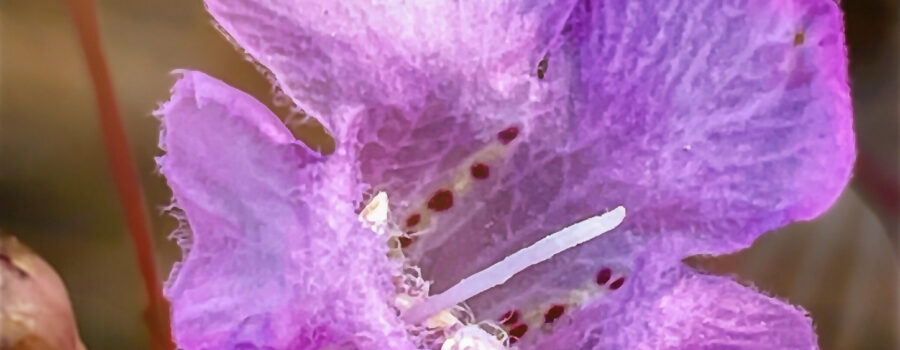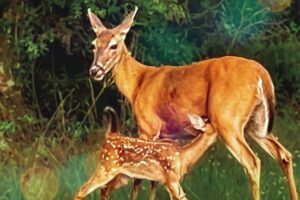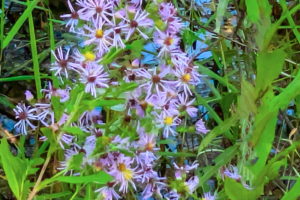Purple False Foxglove is a Beautiful Fall Wildflower

My most recent trip into the Gothe State Forest was a really amazing one. I found a new swampy area that isn’t even all that far from the house if I go the short way (I took the long way to get there last time). While I was out there I ran into a beautiful red shouldered hawk, discovered a large patch of tamarisk flowers that were filled with pollinators, and found several wildflowers that I hadn’t seen before. Most of Gothe is either sandhills habitat or pine flatwoods, both of which are drier than the place I went this time. One of the prettiest flowers that I found was this purple false foxglove (Agalinis purpurea). It’s sometimes also called purple gerardia or Seminole false foxglove. It was near the end of the season for blossoms, but there were still a few in good condition, and plenty of fruit, as well.

Purple false foxglove is a perennial herb that is native to the eastern United States and southern Ontario, Canada. In Florida, and much of its range it seems to be holding its own, but it is considered endangered in the state of Maryland, and listed as vulnerable in several other states. The main reason for it’s listing in these areas is habitat loss. Purple false foxglove tends to grow in areas of full sun that are sandy and stay moist. In Florida, it’s found mainly in open swampy or boggy areas, in old pastures, or in disturbed areas. It is well liked by numerous pollinators, especially long tongued bees including bumblebees, leafcutter bees, and digger bees. It’s also one of the main hosts for the common buckeye caterpillar, and also tends to attract end of the year butterflies.

One of the most interesting things about these plants is that they are semiparasitic. They have the capability to penetrate the roots of other plants where they can steal nutrients. They don’t kill the other plants, and they’re also capable photosynthesis to produce their own food. Purple false foxglove mainly parasitizes several specific types of grasses, but it is capable of attacking tree roots as well. One of the things I enjoyed about finding this plant when I did was it not only had flowers, but also quite a few unripened fruits. Little is known about what species eat the fruits, but as they ripen, they will split open to expose the seeds, making them available to birds and other wildlife. I’m alway pleased whenever I find a species that I’ve not seen before. One of the things I enjoy most about my hikes is learning new things about our incredible Florida flora and fauna.




Recent Comments